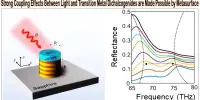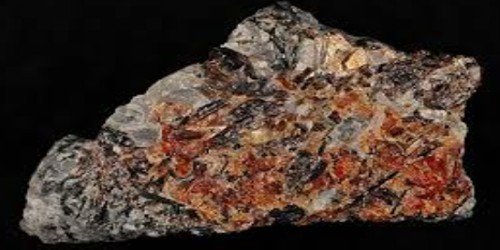Reducing drag on superhydrophobic surfaces can be achieved by designing the surface with the proper roughness, geometry, and material properties that result in air pockets being trapped between the surface and the fluid. This trapped air reduces the area of the fluid in contact with the surface and, as a result, reduces the frictional drag force acting on the surface.
Sometimes the simplest solutions can solve the most challenging issues. In this situation, UC Santa Barbara researchers worked to find a solution to the long-standing problem of fluid friction, which is the resistance that an item encounters when moving through fluid or, conversely, when an object is stationary and fluid is flowing around it or through it. It’s also known as drag.
“We had built a theory, but it was a very messy problem,” said mechanical engineering professor Paolo Luzzatto-Fegiz.
Their problem dealt in particular with superhydrophobic surfaces (SHS), which are seen as a potential solution to the problem of drag, a phenomenon that reduces the efficiency of things traveling through water, like cargo ships, and increases the energy expenditure to pump liquids through pipes.
Their calculations for an effective SHS included ten intricate variables, but it turns out that there is only one factor that can accurately determine if a SHS would function as planned. Their research is published in the Proceedings of the National Academy of Sciences.
If you make the grating longer, usually about 10 centimeters long, the surfactant can’t quite do its thing of resisting the fluid motion. And you could get this ideal drag reduction that people have been angling for, for 20 years.
Professor Paolo Luzzatto-Fegiz
Getting into the groove
A superhydrophobic surface, Luzzatto-Fegiz explained, is designed to minimize contact between the surface and the fluid by creating tiny pockets of air. A good example of this would be fresh kale, when dunked in water.
The lotus effect, also known as the silvery sheen, is caused by a network of bubbles that keeps water from hitting the surface of the leaves thanks to minute surface features.
Superhydrophobicity has a self-cleaning impact on plants and aids in the prevention of waterborne illnesses such fungus infections. For inanimate surfaces, the same property reduces drag.
Although the idea is valid, surfactants compounds that lessen the tension between the water and the air in the bubbles made surface patterning in practice ineffective. “In real-world situations,” Luzzatto-Fegiz said, “surfactants are unavoidable, and even a trace amount can be enough to negate the performance of an SHS.”
The researchers faced challenging calculations combining not only fluid mechanics (already complicated) which is already difficult but also the physics of the surfactant molecules in their quest to create a surface that can counteract the effects of surfactants.
“We needed models for how these things moved inside the water, how they hop from inside the water to the interface, how they’re transported,” he said. But over the course of their experiments, modeling and computation, one parameter emerged that seemed to override all the others: the length of the air bubbles.
“When we looked at the math, we decided to restrict ourselves to things that could plausibly happen,” Luzzatto-Fegiz said. “A lot of the parameters couldn’t change that much in reality.”
They understood that, with this restriction, a number of variables may cancel out, leaving only the length scale of the minute grooves. Simply put, the action of the surfactant molecules decreases with the length of the small grating that creates the air pocket.
It turns out that there is a critical air pocket length that is influenced by the kind and concentration of the surfactant.
“If you make the grating longer, usually about 10 centimeters long, the surfactant can’t quite do its thing of resisting the fluid motion,” he said. “And you could get this ideal drag reduction that people have been angling for, for 20 years.”
Once those calculations are satisfactorily completed, the researchers will begin examining other SHS pattern kinds, such as microscopic posts, as well as scenarios found in the actual world, like as turbulence and other unstable flows. There would be more fuel-efficient cargo ships, more efficient pumps, and more durable buildings in flowing water if drag could be reduced in a number of conditions.
















